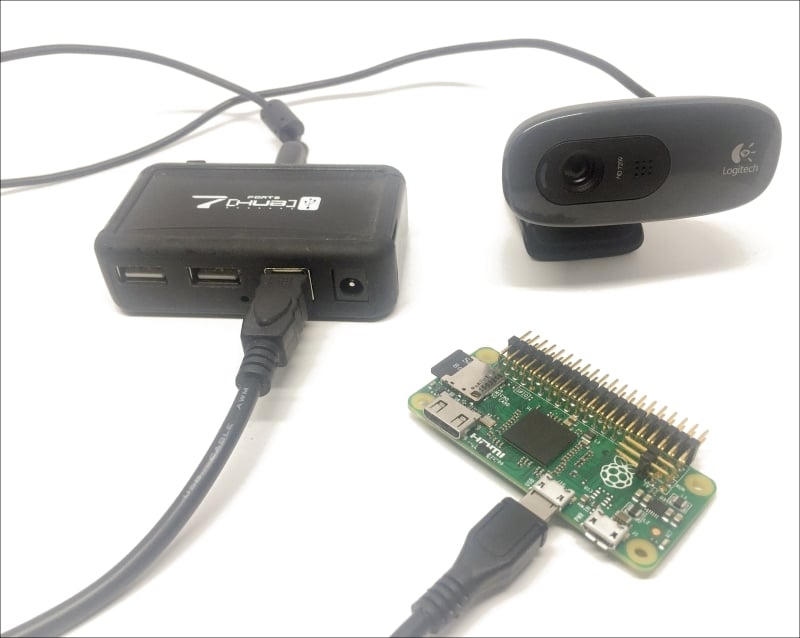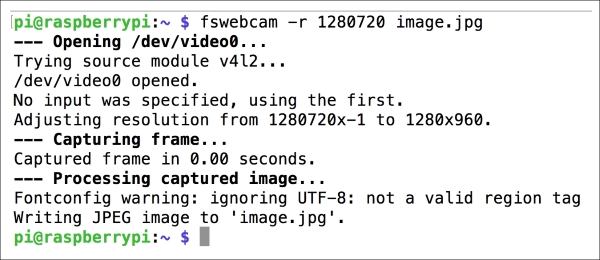In this chapter, we are going to learn how to build a modular security system using the Raspberry Pi Zero board. The Raspberry Pi board is really cheap and has a very small form factor, you can use many such boards inside your home to build a complete security system for your home.
We are going to integrate three types of components into our system: motion sensors, alarms, and security camera. These modules will communicate with a central server application that will either run on your computer or on another Raspberry Pi. First, we are going to see how to configure each board individually and then configure the central server and a basic interface.





